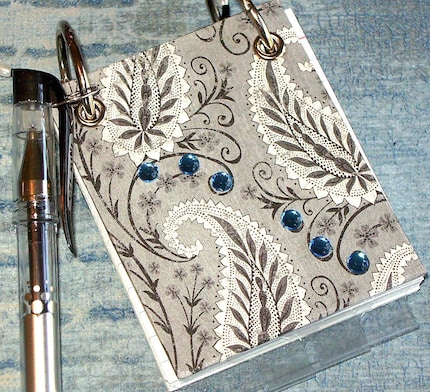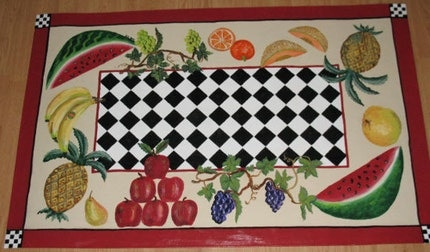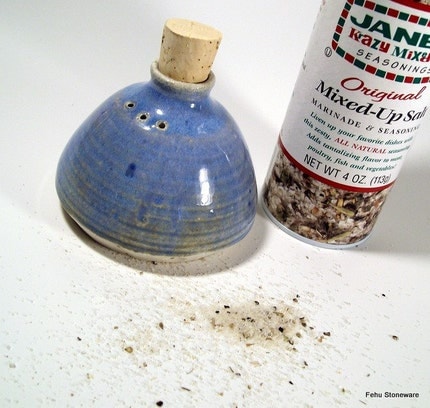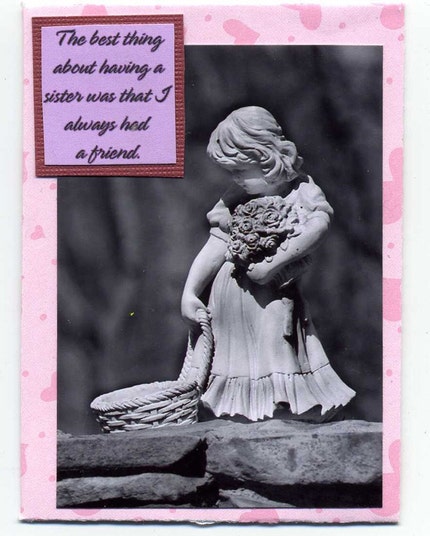When I’m writing a blog post, a poem, a letter—or anything else—my husband knows better than to open a discussion about today’s mail or tomorrow’s weather. I am so absorbed in my task that I simply don’t hear him. Some creativity experts refer to this experience of shutting out distractions and focusing on the moment as “being in the zone†or “experiencing flow.†Whatever you call it, there is no doubt that productivity is in action! It may also be that you snack less while you’re being creative.
That is the premise behind Julia Cameron’s The Writing Diet: Write Yourself Right-Size. One day while browsing titles on a bookstore table, I ran across this book. Cameron, who has written many books about creativity, including The Artist’s Way, maintains that “. . . weight loss is a frequent by-product of creative recovery. Overeating blocks our creativity. The flip side is also true: we can use creativity to block our overeating.â€
Whether Cameron is right or not (after all, I am drinking a Pepsi as I write this post), The Writing Diet provides its readers with seven writing tools that not only enable you to lose weight, but also to explore your creative inner self, whether you write, paint, fire a pot, sew, or pursue any other creative endeavor. Here, then, is a summary of the tools.
- Morning Pages. Morning pages are Julia Cameron’s basic tool for creative recovery and weight loss. They represent three pages of stream-of-consciousness writing, answering the question, “What are you feeling?†The idea is that as you write, you identify what is blocking your creativity, and also what leads you to overeat. The pages, of course, are intended for your eyes only.
- The Journal. Much like the food diary that Weight Watchers® and many other weight loss groups recommend their participants keep, a Journal is a log of the foods that you eat, every time you put anything in your mouth, as well as the times that you feel like eating. The difference between it and a typical food diary is that you jot down what you are feeling at the same time. Over time, the hope is that you will identify negative patterns and change them, and also to reach for your Journal for answers instead of food.
-
Walking. Cameron encourages her readers to walk for at least 20 minutes a day, replacing worry with exercise. She asserts that exercising our bodies not only helps to peel away calories, but it also “grounds†our creative energy in the real world, rather than allowing us to approach creativity as an ethereal, out-of-reach notion. Walking provides time and space to examine our problems and reflect on them, to consciously open ourselves to inspiration and new connections.
- The Four Questions. The Four Questions are four strategic queries designed to ward off snack attacks, especially at night, when all bets are often off. The four questions are: (1) Am I hungry? (2) Is this what I want to eat? (3) Is this what I want to eat now? (4) Is there something that I can eat instead? The value of these questions is that they are grounded in the reality that you are probably going to succumb to some sort of craving, but that you can make good choices about what you ultimately eat, instead of bad ones. And, of course, when you make better choices about what’s good for your body, that increases your mental well-being and increases your physical creative energy.
- Culinary Artist Dates. Much as the Artist Dates that Cameron describes in The Artist’s Way are designed to encourage you to expand your comfort zone, once-a-week Culinary Artist Dates are intended to tease you into scheduling a date to explore new, healthy ways to cook, or even to taste foods you might not otherwise choose. Often we associate a diet with deprivation, but the Culinary Artist Date suggests it can be a creative adventure for the palate. You can use this date to take a cooking class, explore fresh foods at the farmers market, learn about spices, or treat yourself to a special meal at an ethnic restaurant.
- HALT. Participants of recovery programs are often encouraged to identify the patterns or situations that lead them to become (H)ungry, (A)ngry, (L)onely or (T)ired because this is when they are most vulnerable to whatever weakness they are suffering. This is just as true about overeating as it is about the times we feel creatively blocked. HALT is a common sense rule, encouraging us to eat at regular intervals, and to journal about anger, loneliness or tiredness (or paint, fuse glass, shape clay, or utilize our creative talents in some way) instead of allowing these emotions to trigger overeating.
- The Body Buddy. A Body Buddy is a partner in your quest to lose weight and release your creativity. He or she is neither an enforcer nor someone who agrees with you all the time, but is instead a sounding board, or someone who helps you to see inside yourself with more clarity than you can by just reading your own Journal. A Body Buddy is someone with whom you can share your Journal to discover new insights about what leads you to overeat. Often a Body Body is someone who is also an overeater, in which case you can act as checkpoints for each other.
I have to admit that I never consciously thought about using my creative energy to shed pounds, but The Writing Diet provides some food for thought (pardon both the cliché and the pun!). You can read more about creativity in these books by Julia Cameron:
- The Artist’s Way
- Walking in This World
- Finding Water
- The Complete Artist’s Way
- The Artist’s Way Workbook
- The Right to Write
- The Sound of Paper
- The Vein of Gold
- The Artist’s Way Morning Pages Journal
- The Artist’s Date Book
- How to Avoid Making Art (or Anything Else You Enjoy)
- Supplies: A Troubleshooting Guide for Creative Difficulties
- Inspirations: Meditations from The Artist’s Way
- The Writer’s Life: Insights from The Right to Write
- The Artist’s Way at Work
© 2009 Judy Nolan. All rights reserved. Please note that the images in this post are owned by the artists and may not be used without permission. Simultaneously published at http://boomersandbeyond.blogspot.com.








Interesting ideas! Thanks for sharing.